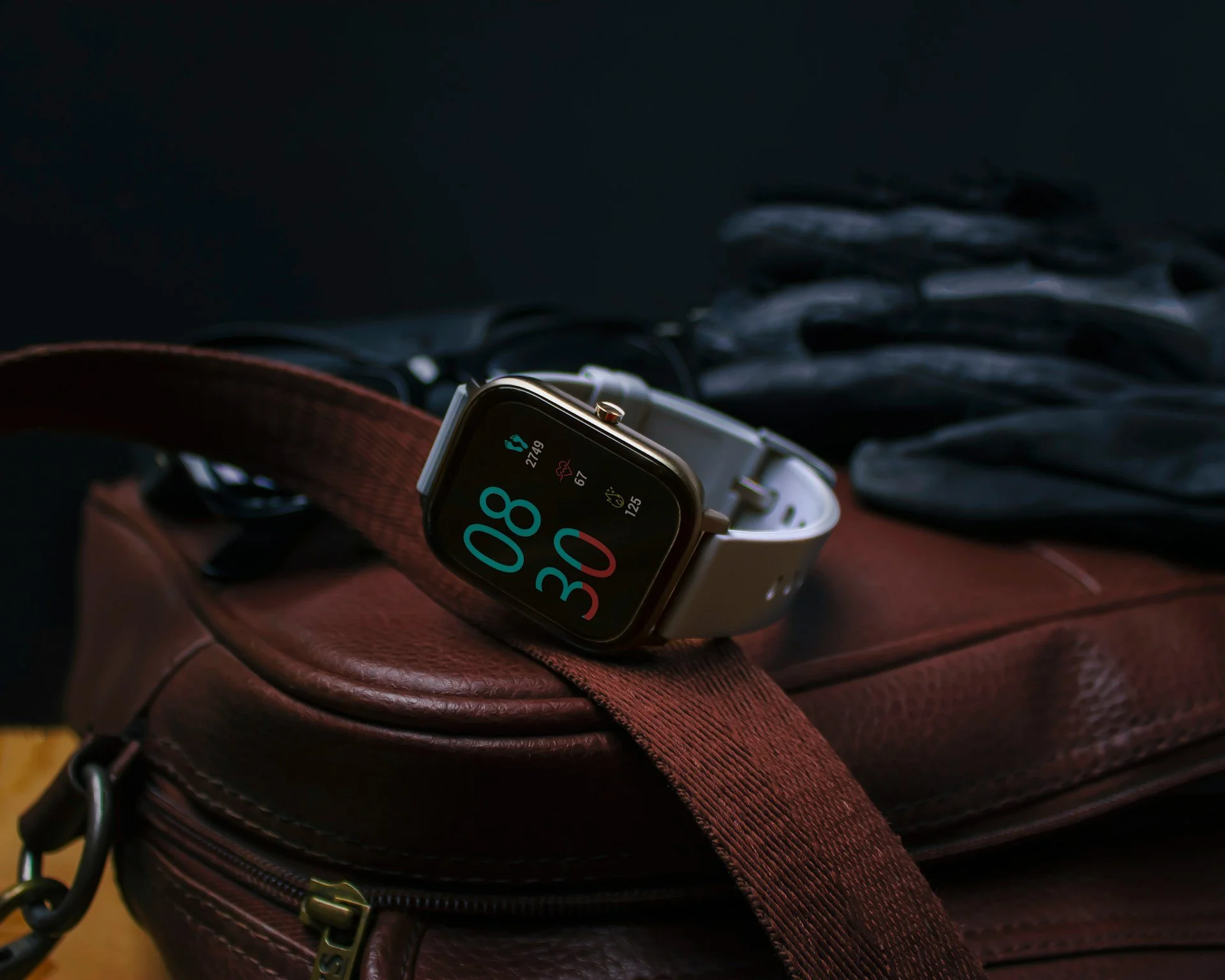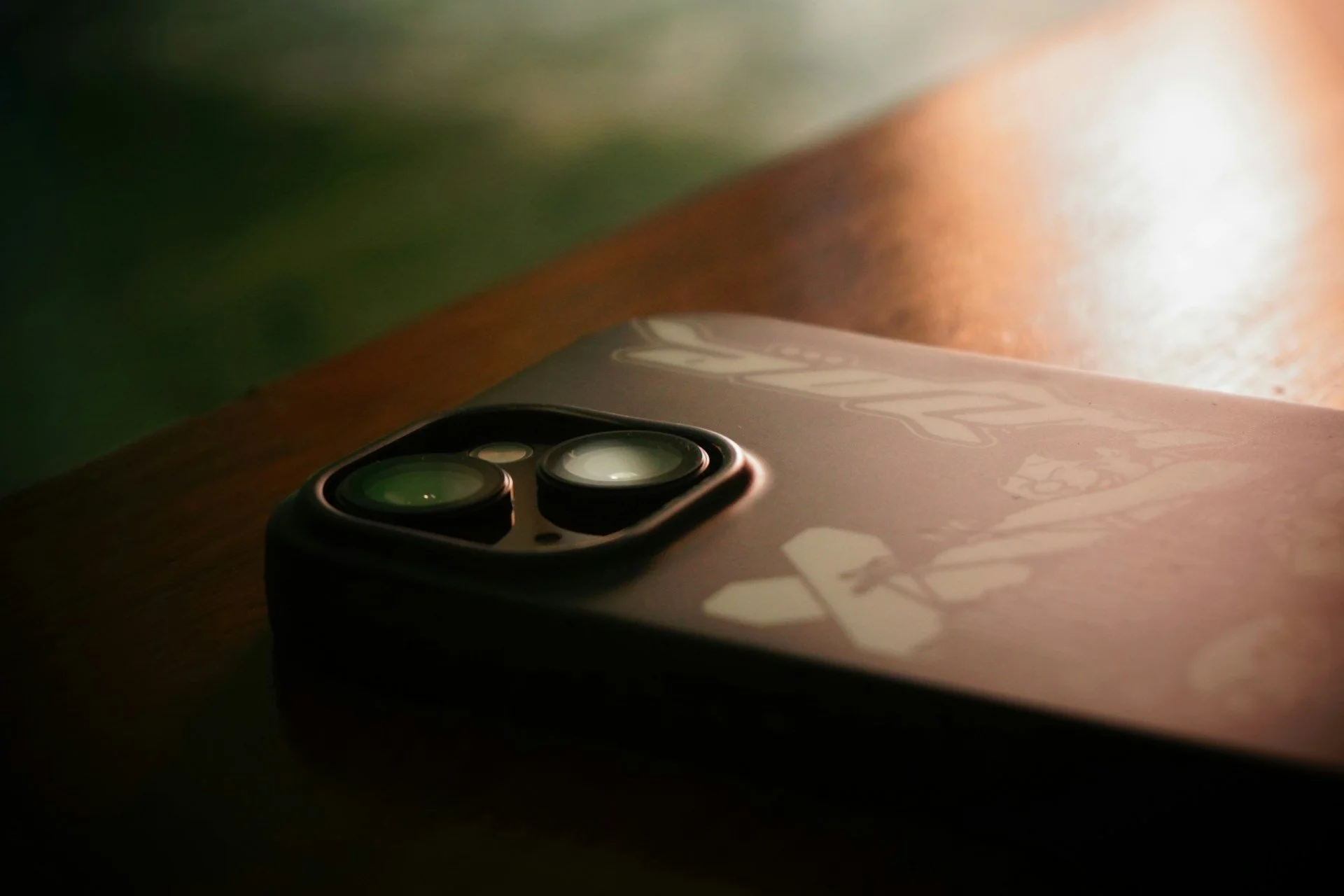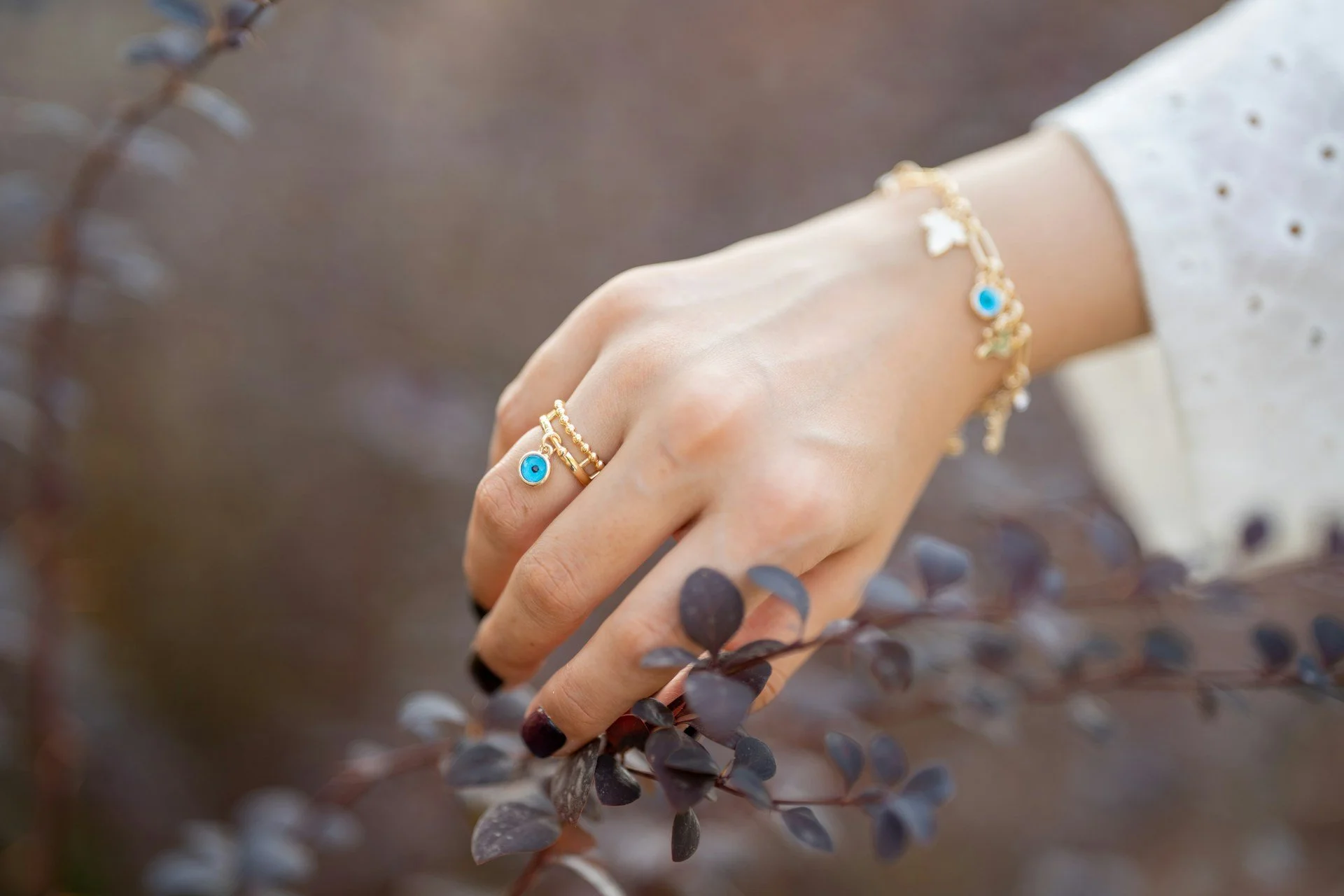Is Professional Product Photography Worth It? The Complete Decision Guide
You’d be amazed at the number of times I’ve seen business owners take the time to watch YouTube tutorials and enrol in online courses to learn product photography, invest thousands of pounds in equipment, and still find themselves unhappy with the final images.
Meanwhile, competitors outsell with photos that cost £50 per image from a professional and take less than two weeks to deliver.
The question isn't whether good product photos matter – it's whether you need to hire someone or can do it yourself.
After producing product photography for Bristol businesses ranging from small startups to established retailers, I can walk you through the real costs, limitations, and benefits of both approaches. This isn't about what's theoretically possible – it's about what actually works for different types of businesses and budgets.
What can you actually do with modern smartphones?
Let's start with the truth: today's smartphones are genuinely capable of taking decent product photos.
Leading smartphones, like the iPhone 13 Pro, Samsung Galaxy Ultra, and Google Pixel devices, can produce images that would have required professional equipment just ten years ago.
Modern smartphones feature high-resolution sensors (12MP+ standard), multiple lenses with varying focal lengths, advanced computational photography capabilities, and built-in editing tools.
We recently worked with a startup that had been using iPhone photography for its first year. The images were technically sharp and well-lit, but they appeared to be smartphone photos. Customers could tell the difference, and their conversion rates reflected it.
The hidden limitations become apparent quickly.
Smartphones have smaller sensors with less light sensitivity, limited depth of field control, fixed aperture limitations, and inconsistent colour reproduction across different lighting conditions.
More importantly, achieving consistent results requires a time-consuming setup for each shot, and the photographer's skill level still limits you.
What’s the real cost of DIY product photography?
A popular online example, Peter Forrester, owner of TM Chemicals, thought learning photography would save money. He invested in high-end equipment, took courses, and spent six months refining his skills. The hidden costs added up quickly.
His DIY breakdown included £1,500-£3,000 in equipment costs (camera, lenses, lighting), 50-100+ hours of learning time, £20-£50 monthly software subscriptions, and ongoing equipment updates. Most importantly, he lost business opportunities during the six months he focused on photography instead of running his company.
After six months, Peter still couldn't achieve professional standards. He eventually hired professionals who delivered 50 quality images for £750 – far less than his DIY attempt cost, not counting the value of his time as a business owner.
DIY makes sense in specific scenarios: when you have a very tight budget with time to invest, when working with simple products that have forgiving lighting needs, when you have high volumes of similar products, or when you have a team member with genuine photography interest and skill.
Success requires dedicated space for consistent setup, extensive learning time, quality equipment budget, and patience for trial-and-error.
What professional product photography actually delivers
When you hire a professional product photographer, you're not just paying for someone to click a camera button.
You're buying years of experience, specialised equipment worth £ 10,000, advanced retouching skills, an understanding of brand consistency, efficient shooting processes, and professional post-production expertise.
In the UK, you’ll typically find services sit within specific tiers.
Basic professional product photography costs £25-£50 per image for simple products on white backgrounds with basic retouching and standard delivery.
Premium professional photography costs £50-£150 per image, which includes complex lighting setups, multiple angles, advanced retouching, and high-resolution files.
The ROI analysis is straightforward.
A £50 professional product photo that boosts your conversion rate by just 10% pays for itself quickly. Consider this: average e-commerce sites see 2.9% conversion rates with DIY photos versus 4.8% with professional images.
Here's what that means for your business: A product page receiving 1,000 monthly visitors would generate 19 extra sales with professional photos. If your average order value is £75, that single professional photo generates an additional £1,425 in monthly revenue – a 28x return on your £50 investment.
The math gets even better with higher-value products or higher-traffic pages. For a £200 product with the same traffic, you're looking at £3,800 in additional monthly revenue from one professional photo.
Do all products need professional product photography?
Certain products absolutely need professional photography.
High-value items over £200, like jewellery, electronics, and luxury goods, require professional presentation to justify premium pricing.
Complex products, including reflective or transparent items, products with intricate details, items needing lifestyle context, and products with challenging textures demand professional expertise.
DIY can work for simple, forgiving products like books, basic clothing (hung or laid flat), simple household items, and products with matte, non-reflective surfaces.
High-volume, low-margin items where consistency matters more than perfection, products with frequent variations, and items where speed trumps artistry can also work with smartphone photography.
What if I don’t have the budget for professional product photography?
Of course, your business stage significantly impacts the decision. For startups (0-12 months), smartphone photography may be a viable option initially for MVP testing; however, plan for professional upgrades quickly if the business shows traction.
Start with a smartphone for testing, invest in basic lighting (£100-£300), learn fundamental principles, and budget for professional photos for best-selling products.
Growth-stage businesses (1-3 years) benefit most from professional photography investment.
You have proven products, but need to compete more effectively. Use professional photography for your top 20% of products, maintain DIY for testing new products, establish brand consistency through professional shots, and use professional images for advertising and social media.
Established businesses (3+ years) should almost always use professional photography. The cost is minimal compared to the revenue impact.
Implement comprehensive professional photography strategies, regular updates to keep images fresh, seasonal and campaign-specific photography, and video integration for enhanced product presentation.
Over to you
Professional product photography isn't about perfection – it's about effectiveness.
If better photos will generate enough additional revenue to justify the cost, it's worth it. For most businesses selling products over £50, the answer is usually yes.
Start by analysing your current product photography performance this week. Calculate potential ROI from improved conversion rates next week. Test professional photography on 3-5 key products, then measure results and plan broader implementation.
Quick decision guide: Budget under £500 means start with a smartphone, but plan a professional upgrade. Products under £25 are likely to work with DIY for now.
Products £25-£100 benefit from professional for key items, DIY for variations. Products over £100 almost always justify professional photography.
Complex or reflective products need a professional regardless of price point.
Ready to make an informed decision about your product photography?
At Freitas Films, we help Bristol businesses and UK companies based on real ROI, not just pretty pictures.
We can start with test shoots on key products to prove value before larger investments.
Contact us today for a consultation on your specific products and business goals – we'll help you determine the most cost-effective approach for your situation.




